
In 2009, Wilderness advocates brought a suit before federal court to force the United States Forest Service (USFS) to change how they were managing the Hyalite Porcupine Buffalo Horn (HPBH) Wilderness Study Area (WSA). The basis of the litigation was that the USFS wasn’t doing enough to preserve the “wilderness character” of the area. Judge Donald Molloy found basis in the suit and directed the USFS to change its travel management plan to treat the area as it existed before 1977 in accordance with the 1977 statute which established the HPBH WSA. Presumably as a result of no known significant cycling use in the area before 1977, the new USFS management plan banned bicycles.
In practical and intentional terms, there are two problems with this ruling and the USFS implementation of it:
First, the presumption here is that the continued presence of mountain bikes on historic mountain bike routes (even if there is no specific evidence of cycling in the area before 1977, it has seen significant use since) will somehow destroy the “wilderness character” of the area. This argument fails on three counts:
1. There is no evidence that continued mountain bike access in a WSA or RWA might lead to that area eventually being determined unfit for final Wilderness designation. Independent studies show that cycling generates no more impact on soils, flora, and fauna than hiking, and far less than equestrian use, which is used in Wilderness.
2. The final plan reduced the mileage available to cycling in the Hyalite Porcupine Buffalo Horn WSA from 170 miles to 20 miles. Why is it that these 20 miles can somehow be ridden without damaging the wilderness character of the area within which they lie, but the other 150 can not?
3. Recent additions to our Wilderness catalog have included traditional cycling routes, which saw much heavier use than any of those currently banned in Montana, or those currently under threat in Montana. The ink is hardly dry on the Act designating the Columbine Hondo Wilderness in northern New Mexico, an area replete with popular cycling routes. The Goose Creek to Goose Lake route was even profiled in the Mountain Biking New Mexico Falcon Guide.
The bottom line here is that there has never been a WSA or Recommended Wilderness Area (WA) removed from Wilderness consideration as a result of historical cycling use within its boundaries.
Second, this is a violation of the intent of how we designate Wilderness. Wilderness may only be declared by Congress (the Legislative branch) via public law. However, when the USFS (part of the Executive Branch) declares a Wilderness Study Area or a Recommended Wilderness Area, and then a federal judge (the Judicial Branch) rules that the area must be managed as a Wilderness Area, we have the two branches not vested with designating Wilderness doing so. The result of this ruling was to create de facto Wilderness; it is designated Wilderness in everything but name.

The Petition
In response to the most recent USFS decision with regard to treatment of mountain bikes within WSAs, a White House Petition has been generated requesting the Obama Administration make a decision allowing continued cycling access in WSAs and RWAs. This most recent act in which it seems the USFS is skipping the possibility of facing an anti-cycling lawsuit and going straight to the bike ban, appears in the Bitterroot National Forest Travel Management Plan, which outlaws cycling on 178 miles of traditional routes in the Blue Joint and Sapphire Wilderness Study Areas and trails adjacent to the Selway-Bitterroot Wilderness area. While this most recent decision was the catalyst for the petition, the petition could have effect beyond these two remote RWAs.
Let’s be clear: this is not about being against the preservation of our wild places. The fact is that the USFS has a multitude of means for levying any level of protection against any parcel of land under its jurisdiction, most of which do not require the arbitrary banishment of a low-impact, human-powered user group. Although it is now in danger from various anti-cycling forces, the recent proposal to preserve the Boulder-White Clouds area in Idaho’s stunning Sawtooth National Forest as a National Monument with all the protections of such, while still allowing cycling, stands as a shining example of how we can protect our remaining wild places without unfair and arbitrary discrimination. Moreover, the petition does not seek cycling access to existing Wilderness–only that it be preserved in WSAs and RWAs until such time that Congress acts. Science and history both support this position as one that is fair, equitable, and in no way makes the landscape less Wilderness-like. So even as a preservation-minded trail user (which most backcountry cyclists are), you can sign the petition with a clear conscience.
The petition requires 100,000 signatures within 30 days, so sign soon and share frequently!
Click here to go to the petition


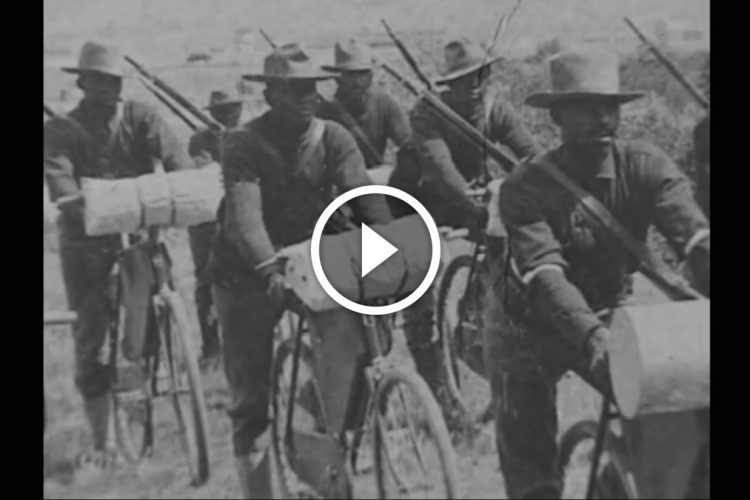
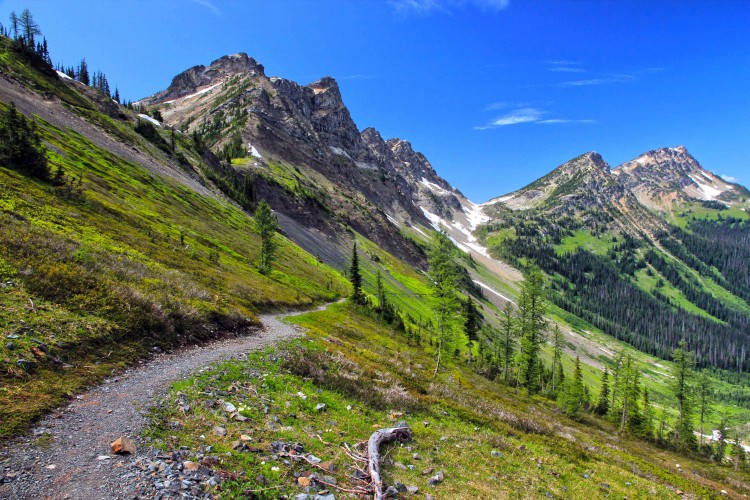


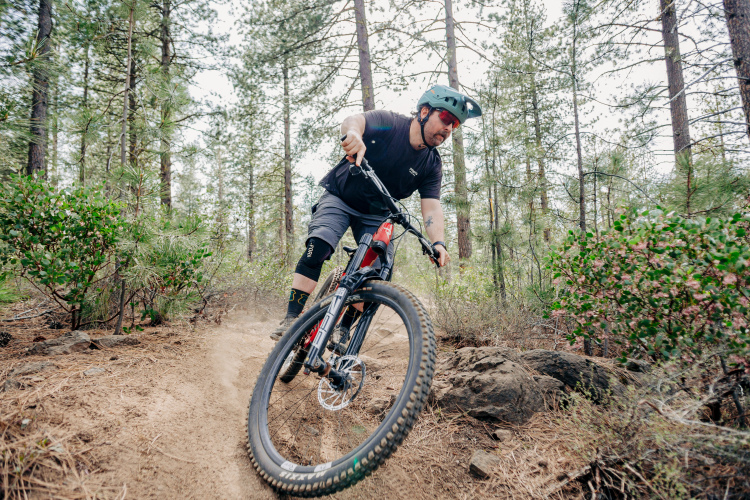
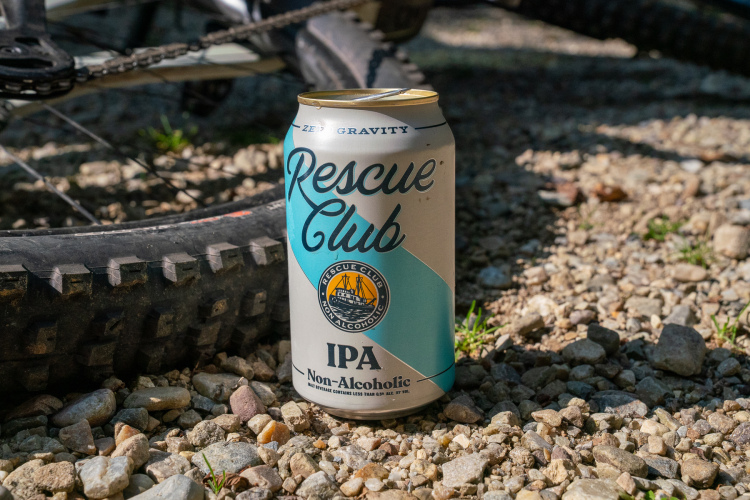

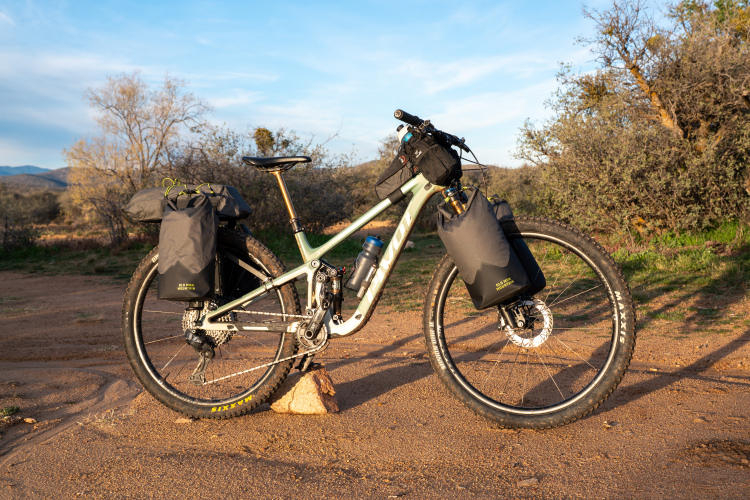

4 Comments
Mar 11, 2016
Mar 11, 2016
May 1, 2016
that mountain biking in the Wilderness is not that big of deal
for most mountain bikers.
Mar 12, 2016